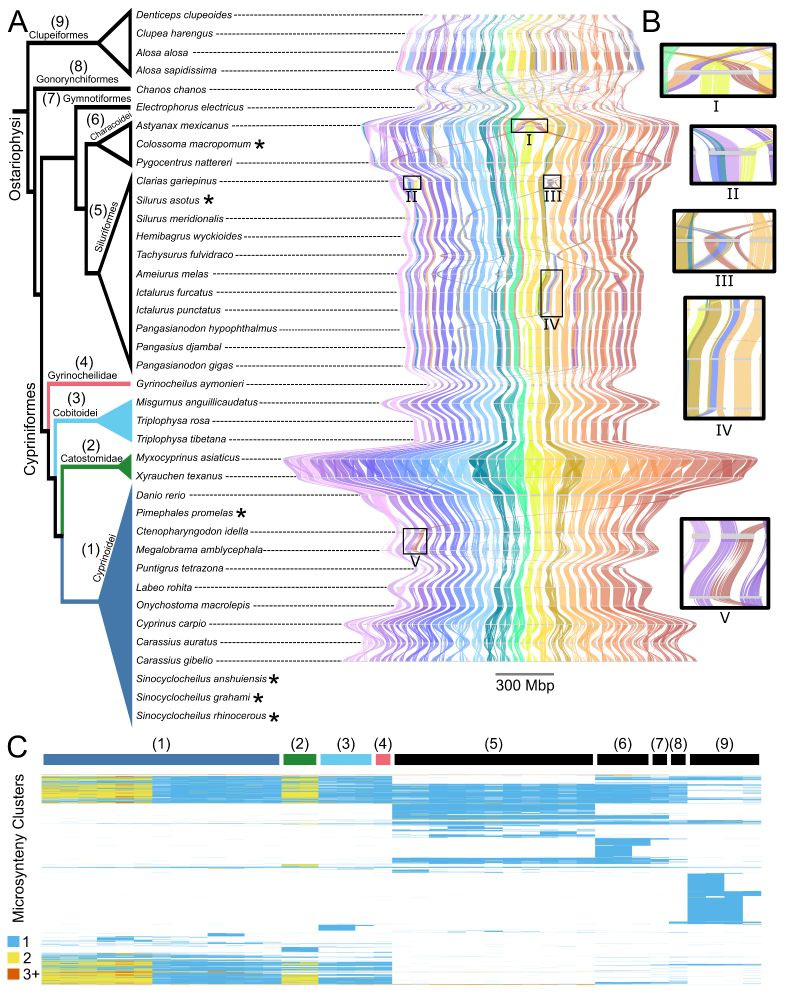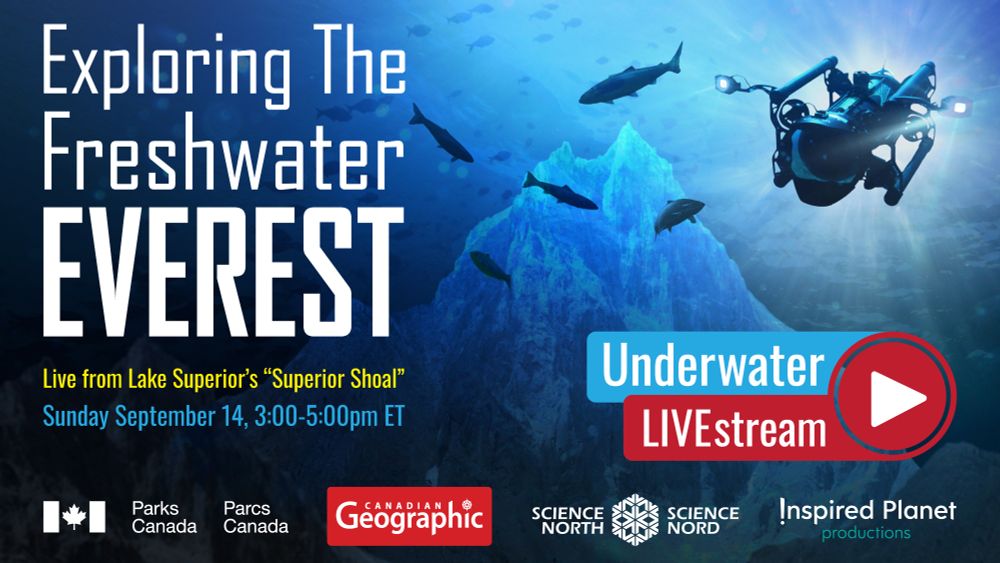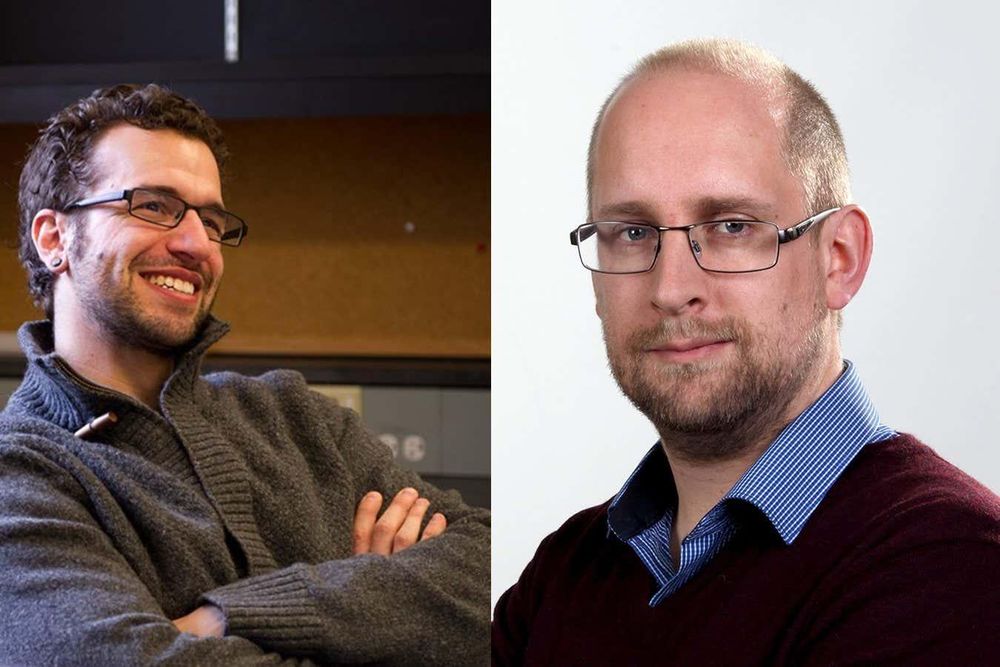Trevor Krabbenhoft
@fishgenomes.bsky.social
320 followers
330 following
70 posts
Associate Professor of Biological Sciences. We study genomes (WGD, etc.), and the ecology and evolution of fishes.
Posts
Media
Videos
Starter Packs
Reposted by Trevor Krabbenhoft
Reposted by Trevor Krabbenhoft
Reposted by Trevor Krabbenhoft
Reposted by Trevor Krabbenhoft
Reposted by Trevor Krabbenhoft
Reposted by Trevor Krabbenhoft
Reposted by Trevor Krabbenhoft
Reposted by Trevor Krabbenhoft
Reposted by Trevor Krabbenhoft
Reposted by Trevor Krabbenhoft












